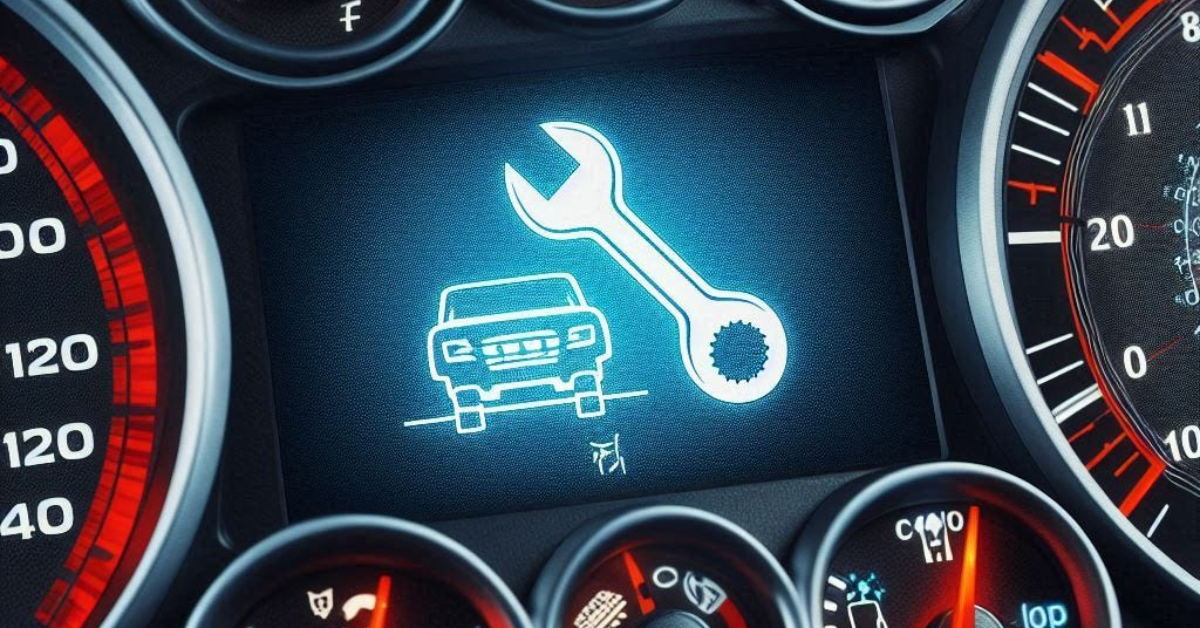If you’ve ever seen the yellow wrench light pop up on your dashboard, you might have wondered what it means. This little symbol can be alarming, especially if you’re unsure what’s going on under the hood. The yellow wrench light typically signals that your vehicle needs professional attention or maintenance. But what exactly does it indicate?
understanding what the yellow wrench light means can save you from bigger problems down the road. In this blog, we’ll break down the most common reasons why this light might appear and what steps you should take when it does. Whether you’re driving a Ford, Mazda, Nissan, or Honda, knowing when to address the wrench light can keep your car running smoothly.
Common Wrench Light Variations
When the yellow wrench light appears, it can vary in appearance, each signaling a different issue. Here’s a look at the most common variations:
- Wrench Symbol Alone: This often indicates issues with the powertrain or electronic throttle control system. It could involve sensors or electrical components that need attention.
- Wrench with Exclamation Mark: This variation points to general engine or transmission problems. It might indicate low transmission fluid, engine overheating, or other critical issues.
- Wrench with a Circle or Gear: If you see a wrench symbol combined with a circle or gear, it often signals problems with the transmission or drivetrain. This could include fluid leaks or slipping clutches.
- Flashing Wrench Light: A flashing wrench light usually signifies a serious issue. It may be accompanied by symptoms like strange noises or power loss, and it requires immediate attention.
Manufacturer-Specific Interpretations
Different manufacturers have specific meanings for the yellow wrench light:
- Mazda: For Mazda vehicles, the wrench light often serves as a reminder for routine maintenance, such as an oil change.
- Nissan: In Nissan cars, the light indicates the need for scheduled maintenance. This could be an oil change or spark plug replacement.
- Honda: Honda vehicles use the wrench light as a reminder for the next scheduled maintenance appointment.
- Ford: For Ford vehicles, the wrench light points to a fault in the powertrain system, including the engine, transmission, and related components.
Issues Triggering
In Ford vehicles, several issues can trigger the yellow wrench light:
- Transmission Issues: Problems detected by the ECM/PCM in the transmission system can cause the wrench light to turn on.
- Battery Problems: Low voltage to the ECM/PCM, often indicated by dim headlights or tail lights, can activate the wrench light.
- Wiring Issues: Loose, damaged, or corroded wires can impede electrical communication, causing the wrench light to appear.
Initial Actions
When you see the yellow wrench light, here’s what you should do:
- Stay Calm: The light is a warning but not an immediate crisis. It’s important to stay calm and address the issue promptly.
- Consult Your Owner’s Manual: Your vehicle’s manual provides specific troubleshooting steps related to your car model and its warning lights.
Next Steps And When To Seek Professional Help
Here’s how to handle the wrench light depending on its cause:
- Routine Maintenance: If the light indicates routine maintenance (like an oil change), it’s generally safe to continue driving until you can schedule a service.
- Serious Issues: For faults related to critical systems such as the powertrain, seek professional help immediately. This prevents further damage and ensures your vehicle remains in good condition.
Driving With The Wrench Light On
Driving with the yellow wrench light on depends on its cause:
Safe Driving: If the light relates to routine maintenance, such as an oil change, you can drive safely until you arrange for a service.
Unsafe Driving: If the light indicates serious issues, like transmission or throttle problems, avoid extended driving. Resolve the issue as soon as possible to prevent potential damage.
Conclusion
Understanding the yellow wrench light in your vehicle is crucial for maintaining your car’s health and safety. The yellow wrench light can appear in different forms, each indicating specific issues. Whether it’s a simple maintenance reminder or a serious problem, recognizing the variation helps you understand the urgency of the situation.
